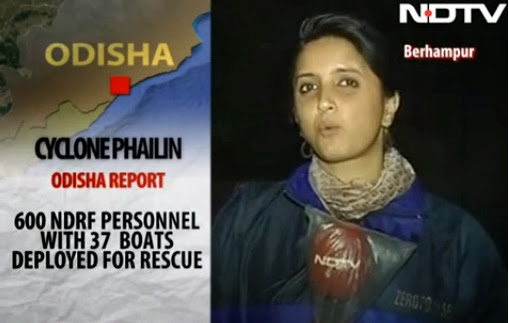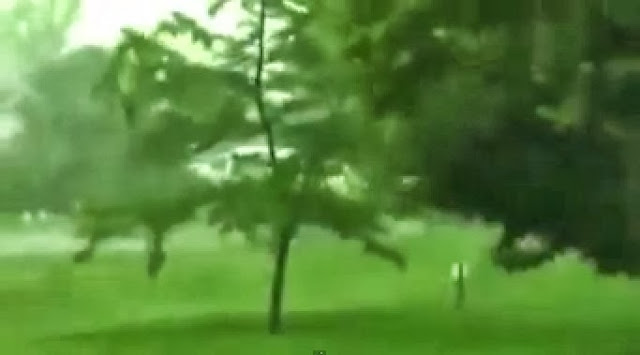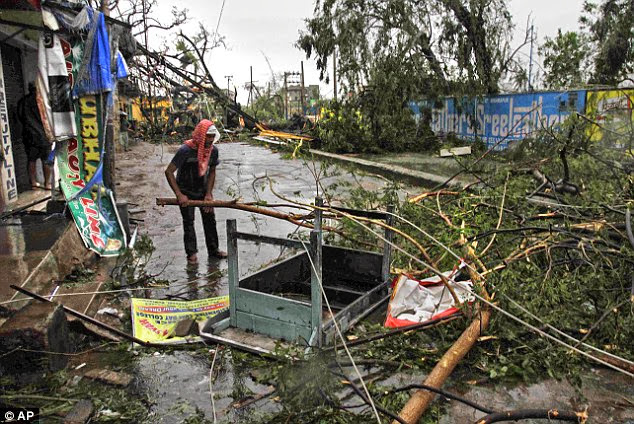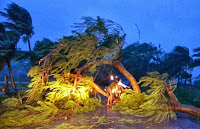Phailin pat for Berhampur
A special representative of the UN secretary general for disaster risk reduction, Margareta Wahlstrom, declared the municipal corporation here as a role model for effective co-ordination and preparedness to face a disaster. She handed over a certificate of recognition to Mayor K. Madhaviin Berhampur.
The UN representative congratulated all councillors of the Berhampur Municipal Corporation for restoring normality in the city soon after Phailin. “Disaster is a global problem, and here, the restoration process was very good,” she said. While interacting with the councillors, Wahlstrom particularly wanted to know how the number of casualties was so low as compared to the 1999 super cyclone.
Wahlstrom said the Berhampur model would be adopted in Philippines and other places. The mayor, who received the UN certificate of recognition, said: “The credit for the success of Phailin management goes to all the councillors, commissioner and staff members. It was a team effort.”
Municipal commissioner Ajit Kumar Mishra said: “We requested all the 40 councilors to help evacuate the people from the 254 slum pockets immediately after the meteorological department forecast about the cyclone. The accurate prediction helped us prepare for the cyclone well in advance and the councillors played a key role in disaster management during and after the cyclone,” he said.
Mishra added that 30,000 people had been evacuated in just around 30 hours at that time. Councillor Ashok Shukla, P. Asharani and others apprised Wahlstrom of the steps taken by them during evacuation and restoration.
The UN representative, accompanied by assistant secretary of the Union home ministry Aparna Ganeshan and K.C. Bishoyi of the Odisha Disaster Mitigation Authority, visited a multipurpose cyclone shelter at Matikhal near Chatrapur, Save the Child organisation in Gopalpur, a fishermen’s village called Nua Golabandha and the Berhampur University campus. Source: The Telegraph



+in+Berhampur..jpg)


















,+Ganjam.jpg)










